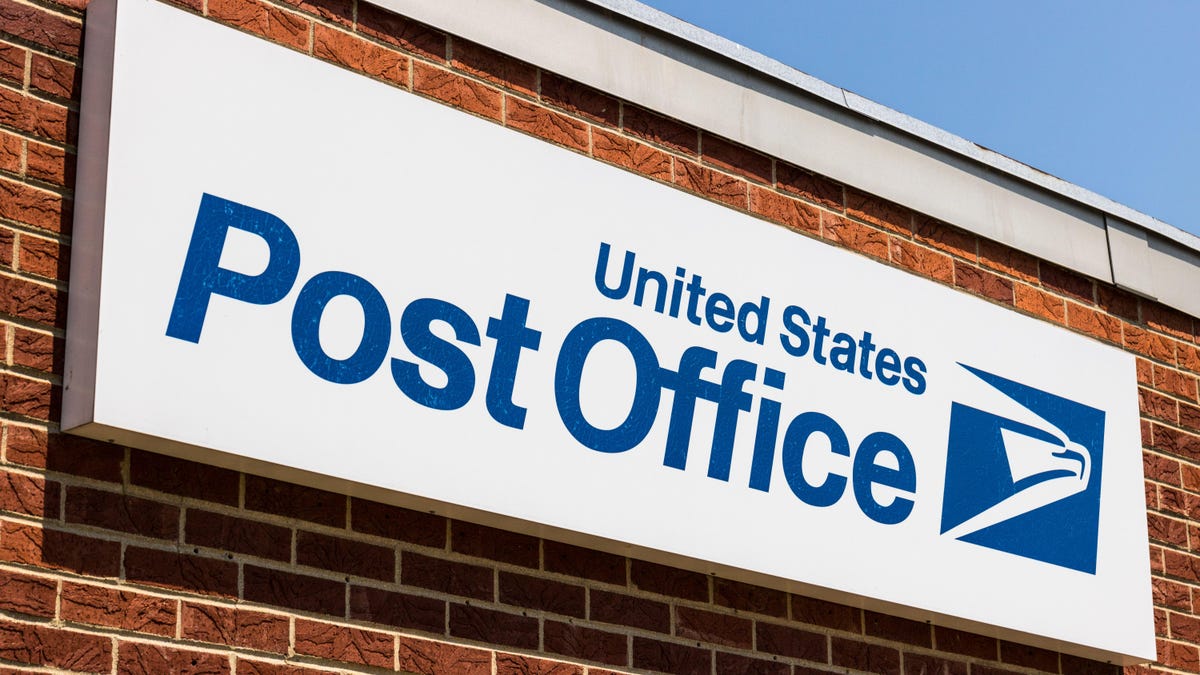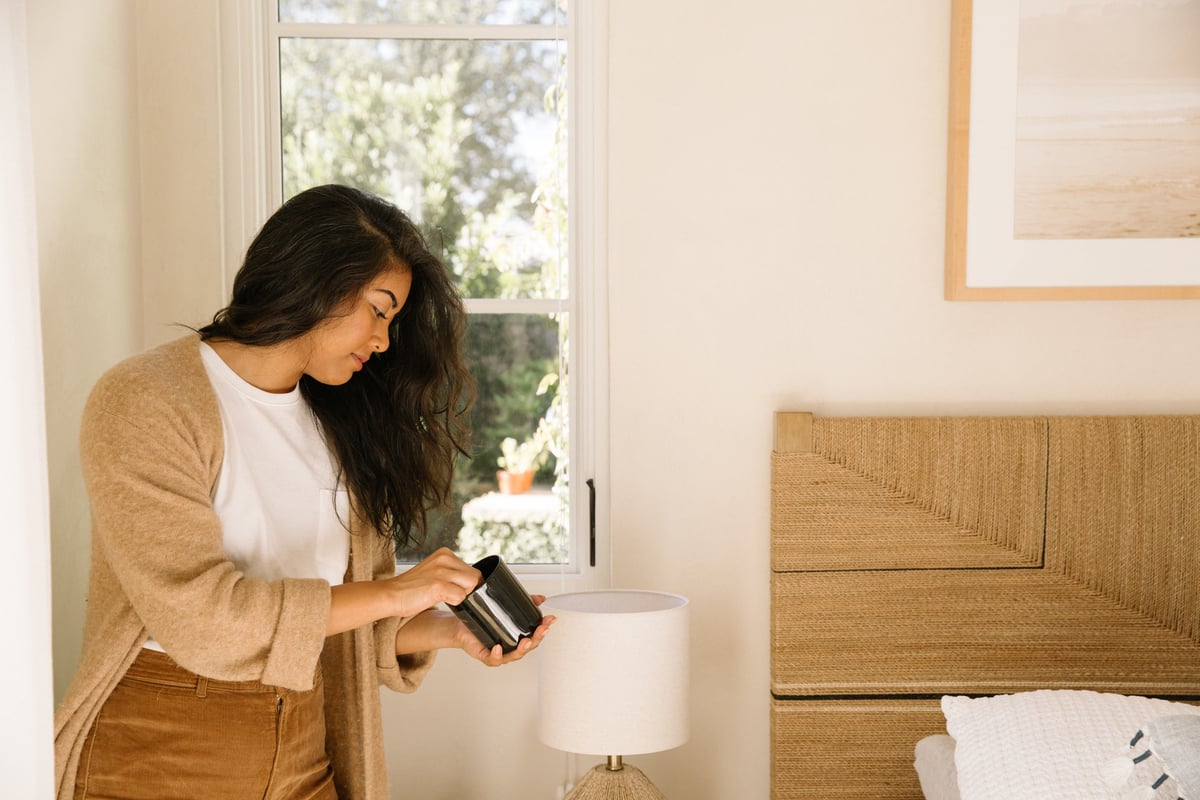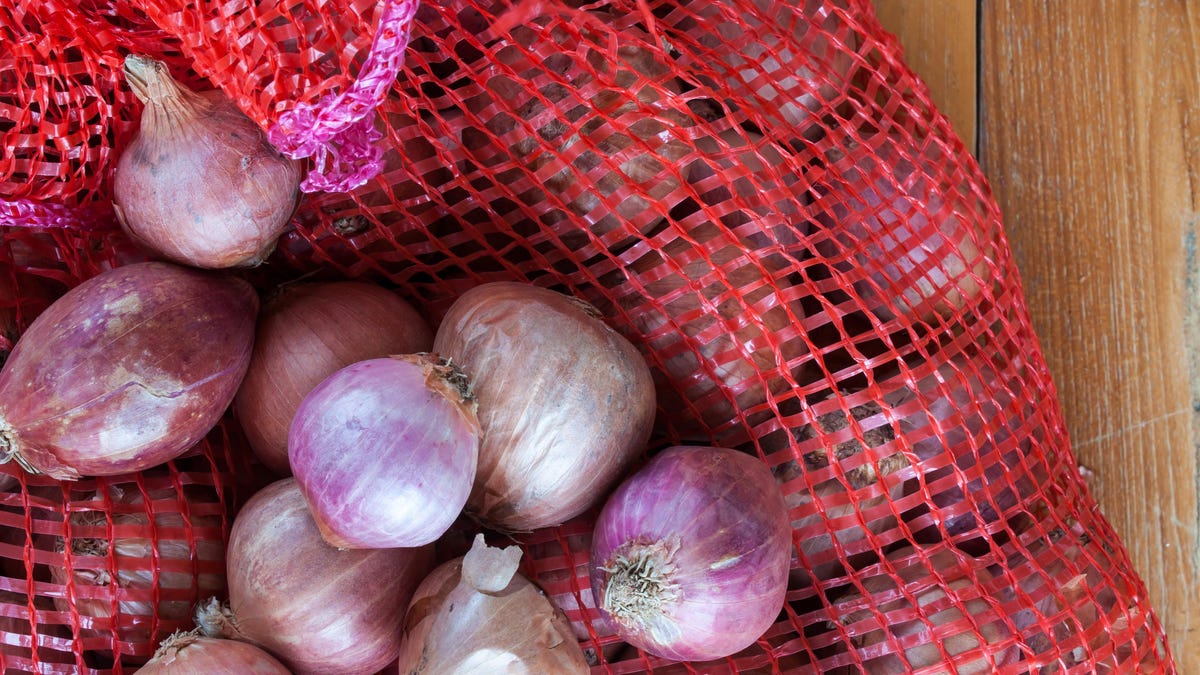Three Bank Services You Can Get From Your Post Office
If you’re one of the more than 7 million people in this country who are “unbanked,” you know how hard it can be to live a modern life without a bank account. While the rise of financial apps like...


Photo: Jonathan Weiss (Shutterstock)
If you’re one of the more than 7 million people in this country who are “unbanked,” you know how hard it can be to live a modern life without a bank account. While the rise of financial apps like Paypal or Venmo has expanded our financial options, it’s exceedingly difficult (and expensive) to navigate life without at least a basic checking account, and it’s very hard to salt money away without a savings account that at least pays you some kind of interest.
If you’re unbanked and the fees and onerous terms of check cashing and other non-bank services are killing you, you might be able to get some relief from a surprising place: Your local post office. The Postal Service actually offers some limited banking services, and there are a lot of folks who are pushing to expand those services dramatically.
The U.S. Postal Service was once a much more robust alternative to the mainstream banking system in this country. In 1910, Congress created the Postal Savings System, which paid 2% interest on deposits. The accounts were backed by the government and the program was popular until the 1950s, when post-World War II prosperity saw banks offering higher and higher interest rates. By the mid-1960s deposits in the Postal Savings System had dropped considerably, and in 1966 the Post Office stopped accepting deposits. The system ended officially in 1967, but the Postal Service still provides a few basic banking services you can take advantage of.
Banking services offered by the USPS
The financial stuff you can do at your local post office is limited, but if you’re unbanked, these services are still incredibly useful:
Money orders. Probably the most familiar banking service provided by the U.S. Postal Service is the money order. You can purchase a domestic money order up to $1,000 and an international money order up to $700, and there’s no limit as to how many separate money orders you can purchase (there’s a special form you’ll have to fill out if you exceed $3,000 in money orders in one day). Fees range from $1.75 to $2.40 for a domestic money order and $49.65 for an international money order. If you don’t have a checking account, a money order is a secure way to pay for things when you don’t want to use cash or can’t use a cash app. Cashing Treasury checks. If you receive a check from the U.S. Treasury—a tax refund, for example—you don’t need a bank account to cash that baby. Just bring it into your nearest post office and they can cash it for you. The only limitation is that the local post office has to have enough cash to cover the check, and you have to endorse the check in a specific manner. Company check cashing. If you’re unbanked but employed, your employer may be paying you with a paper check that you will have a lot of trouble turning into actual, spendable cash. The most common solution is a check-cashing service, which will take your endorsed check and give you cash back—but these can be expensive, with fees ranging from 1% to 3% of the check’s value, plus additional fees. If you’re cashing payroll checks at these places regularly, it starts to add up. One solution might be the postal banking pilot program launched in 2021. Under this program, local post offices would be able to cash payroll and business checks (not personal checks) in amounts up to $500 in exchange for Visa gift cards. The fee for the service is a flat $5.95, which is lower than most check-cashing services. There are also no other surprise fees. However, this pilot program only launched in four specific areas: Washington, D.C.; Baltimore; Falls Church, Va.; and the Bronx, New York. Not only that, the program has been more or less stalled ever since because of opposition in Congress. While there’s significant support for expanding the program and adding further services, it’s up in the air whether this will actually ever happen.For the moment, money orders and cashing government checks are the primary services you can get at most postal locations, which means the unbanked are stuck with apps and other work-arounds for the foreseeable future. Money orders are a lot better for paying for stuff than cash, however, and considering that the average tax refund this year was $2,753, it’s good to know you can at least cash one check without paying a fee.

 Hollif
Hollif 































